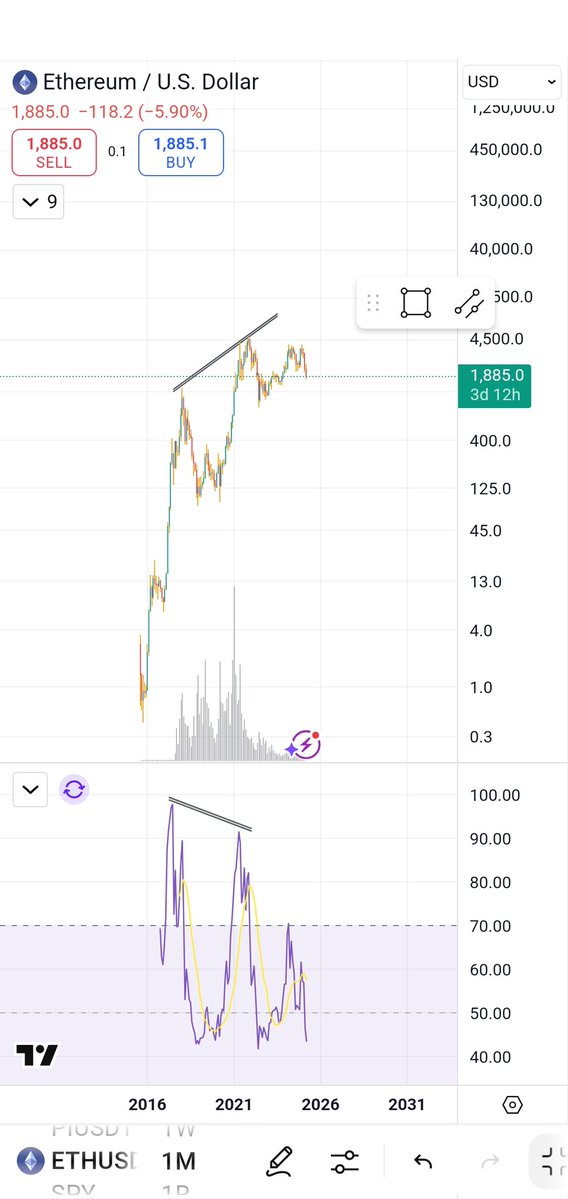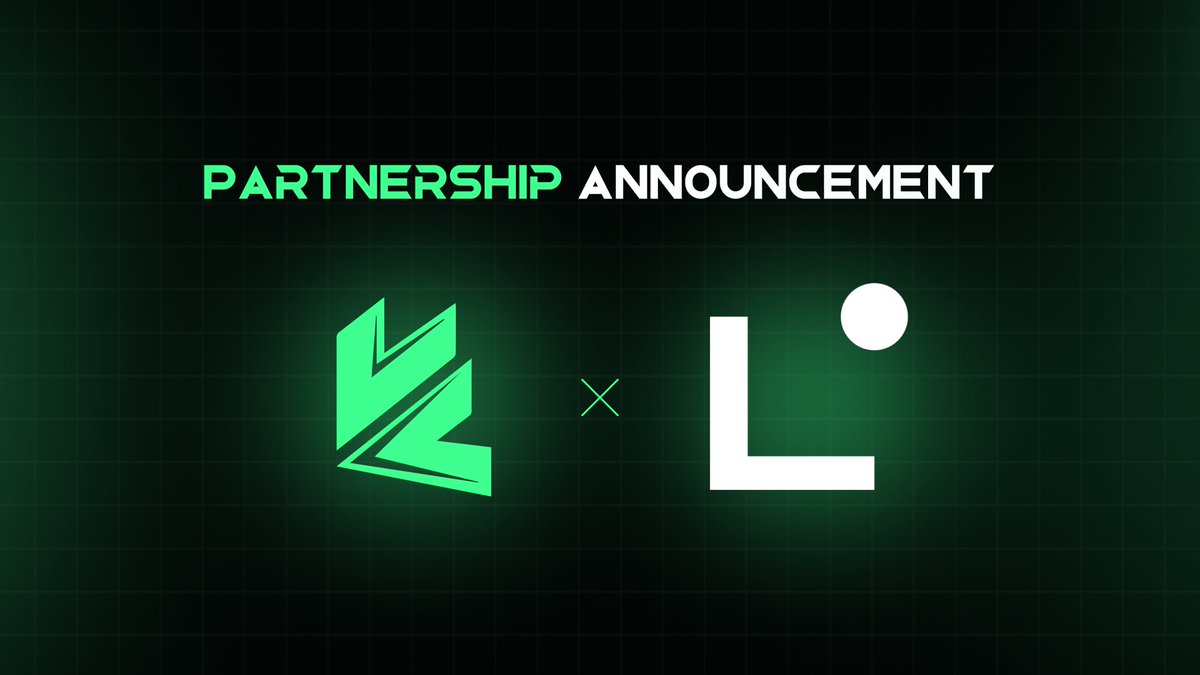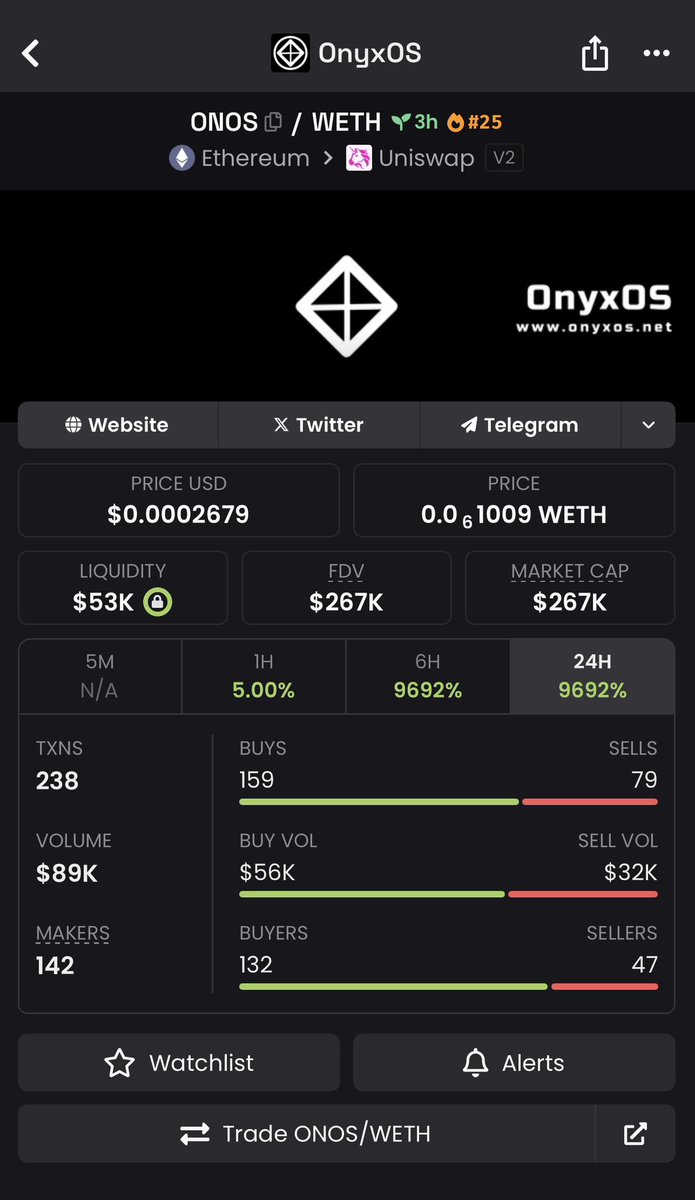Mastering Crypto Markets: The Power of Technical Analysis
Introduction
Imagine you’re in a bustling market, filled with chatter and activity. You can’t understand the language, but you can observe the crowd’s behavior. They’re pointing upwards, smiling, and cheering – it’s clear the market is bullish. This is the essence of technical analysis in crypto markets. It’s not about understanding a foreign language, but reading the market’s ‘body language’ through price action and volume.
Understanding Technical Analysis
What is Technical Analysis?
Technical analysis is like reading a market’s diary. It’s a method of evaluating securities by analyzing statistics generated by market activity, such as past prices and volume. It’s based on the idea that historical price and volume data can predict future price movements [1]. In other words, it’s about understanding the market’s behavior and making informed decisions based on that understanding.
Why Use Technical Analysis in Crypto?
Cryptocurrencies, with their volatile nature and 24/7 markets, are perfect for technical analysis. It helps traders:
Charts: The Canvas of Technical Analysis
Types of Charts
Candlestick, bar, and line charts are common in crypto. Each has its strengths, but candlesticks are popular due to their ability to show price action, volume, and sentiment [2]. They’re like a visual record of the market’s ‘chatter’.
Key Chart Components
– Support and Resistance Levels: Prices often struggle to break through these levels, creating opportunities for traders. Imagine these as popular spots in the market where the crowd tends to gather, making prices ‘stick’ around certain levels.
– Trendlines: Connecting two or more highs (resistance) or lows (support) to identify trends. It’s like drawing a line on the crowd’s behavior to understand if they’re cheering more or less over time.
– Indicators: Mathematical calculations based on price and/or volume data, like Moving Averages (MAs) and Relative Strength Index (RSI). These are like tools to measure the crowd’s ‘energy’ and sentiment.
Analyzing the Tweets
> “Your problem was you didn’t properly analyze your charts. Call me crazy but the moment I noticed this divergence on Ethereum, I knew the coin was going to experience a massive correction. I don’t trade corrections.”
Here, @kingtee_rex highlights the importance of chart analysis. A divergence occurs when the price makes a new high or low, but the indicator (like RSI) doesn’t confirm it. This suggests a potential trend reversal, like when the crowd starts cheering less even though the price is still high. @kingtee_rex uses this to anticipate a ‘massive correction’ in Ethereum’s price [3].
> “Master the charts, master the market! … Knowledge is power in trading—analyze, strategize, and execute with confidence.”
@pixelden_crypto emphasizes the power of chart mastery. It’s about understanding the market’s behavior, strategizing based on that understanding, and executing trades with confidence. It’s like understanding the crowd’s language, knowing their behavior patterns, and acting accordingly.
Practical Tips for Crypto Traders
1. Keep it Simple
Start with basic indicators like MAs and RSI. Don’t overcomplicate your analysis. Remember, you’re just trying to understand the crowd’s behavior, not solve a complex math equation.
2. Use Multiple Timeframes
Analyze charts on different timeframes (e.g., daily, 4-hour, 1-hour) to gain a broader perspective. It’s like observing the crowd from different angles to understand their behavior better.
3. Combine Technicals with Fundamentals
News and project developments can drive price action. Consider both when making decisions. It’s like understanding the crowd’s behavior (technicals) and also knowing why they’re behaving that way (fundamentals).
4. Backtest and Practice
Use historical data to test your strategies. Paper trading can help you gain experience without risking real capital. It’s like practicing your ‘crowd reading’ skills in a safe environment before trying it in the real market.
Conclusion: The Power of Mastery
Mastering technical analysis is like learning to read the market’s ‘body language’. It takes time, practice, and patience. But once you’re fluent, you’ll gain a powerful tool for navigating the crypto markets. So, roll up your sleeves, grab your charts, and start analyzing. The market awaits!
Sources
[1] Investopedia: Technical Analysis
[2] Coinbase: Crypto Chart Basics
References
– TradingView – A popular platform for chart analysis and technical indicators.
– Coinbase – A leading cryptocurrency exchange with educational resources.
– CryptoCompare – A cryptocurrency data and news platform.





